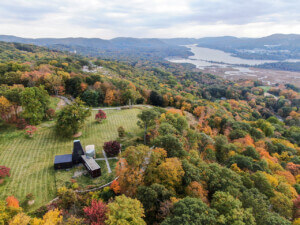STEM-designated fields range from forestry and veterinary anatomy to architecture and civil engineering and now landscape architecture. Yesterday, the U.S. Department of Homeland Security (DHS) announced the designation of landscape architecture as a science, technology, engineering, and mathematics (STEM) discipline. The designation comes from the work of the American Society of Landscape Architects (ASLA), who submitted the approved application to the DHS.
The process of designating a degree as STEM falls under the authority of the DHS under the Immigration and Nationality Act of 1952, giving the department “broad authority to administer and enforce the nation’s immigration laws.” Graduates of landscape architecture programs, or other STEM careers in the U.S., have extended employment time on their visas post-graduation.
“The infrastructure challenges in municipalities across the country are enormous—landscape architects bring transformative solutions,” said CEO of the ASLA Torey Carter-Conneen in a press release. “Today’s decision will advance landscape architecture education and practice, and that is great for America and the global community.”
The now-STEM discipline embodies each of the four fields listed in its acronym in some way and has had its influence in advancing each field. Landscape architecture has furthered projects in these fields, such as using artificial intelligence for urban agriculture and urban planning for autonomous vehicles to hydraulic modeling, robotic fabrication, and augmented reality for water bodies. Recent years have also seen research directly linking public health, safety, and well being of communities to landscape architecture, making the proper education and licensure of landscape architects all-the-more important.
“The STEM designation finally reflects the reality of the discipline of landscape architecture. Our work is fully dependent on science and technology, from understanding soils at the level of microbial interactions and nutrient exchanges, which keep our urban canopy alive, to coastal adaptations informed by continuously evolving climate data,” Gary Hilderbrand, Chair of the Department of Landscape Architecture at Harvard Graduate School of Design, added. “This new designation brings with it greater opportunities for students and graduates throughout the United States and beyond to become leaders in the field.”











